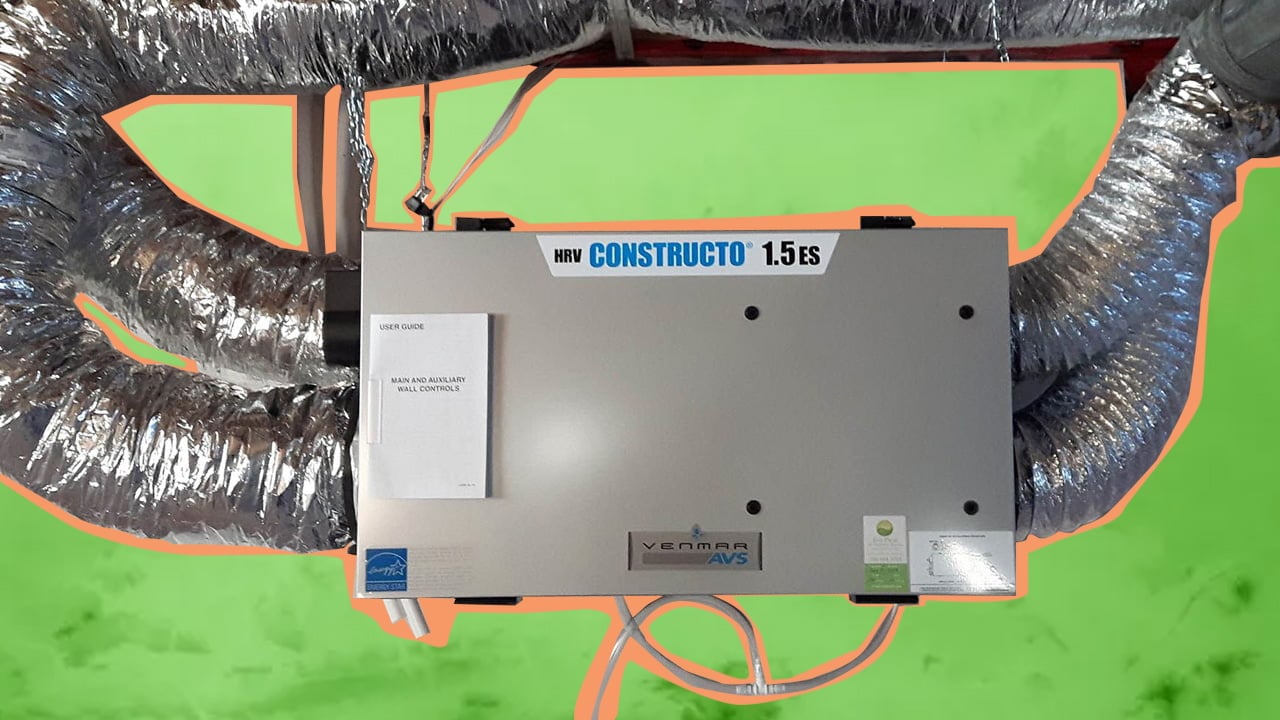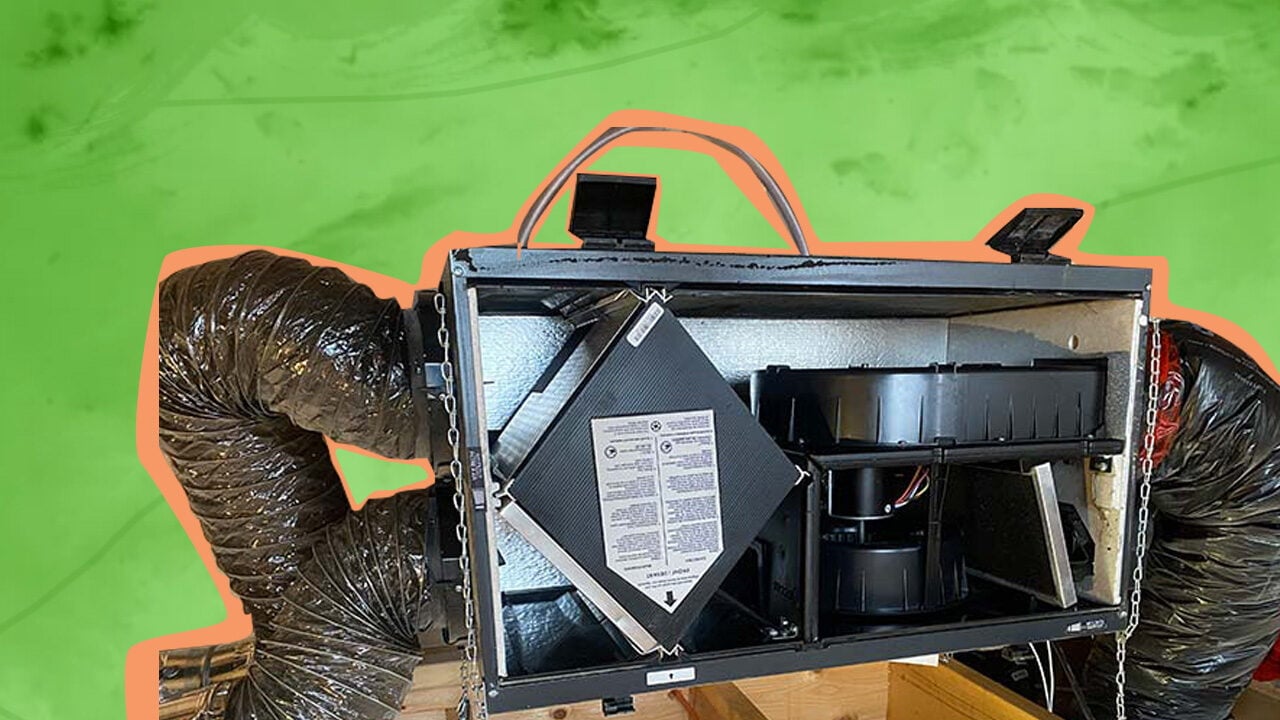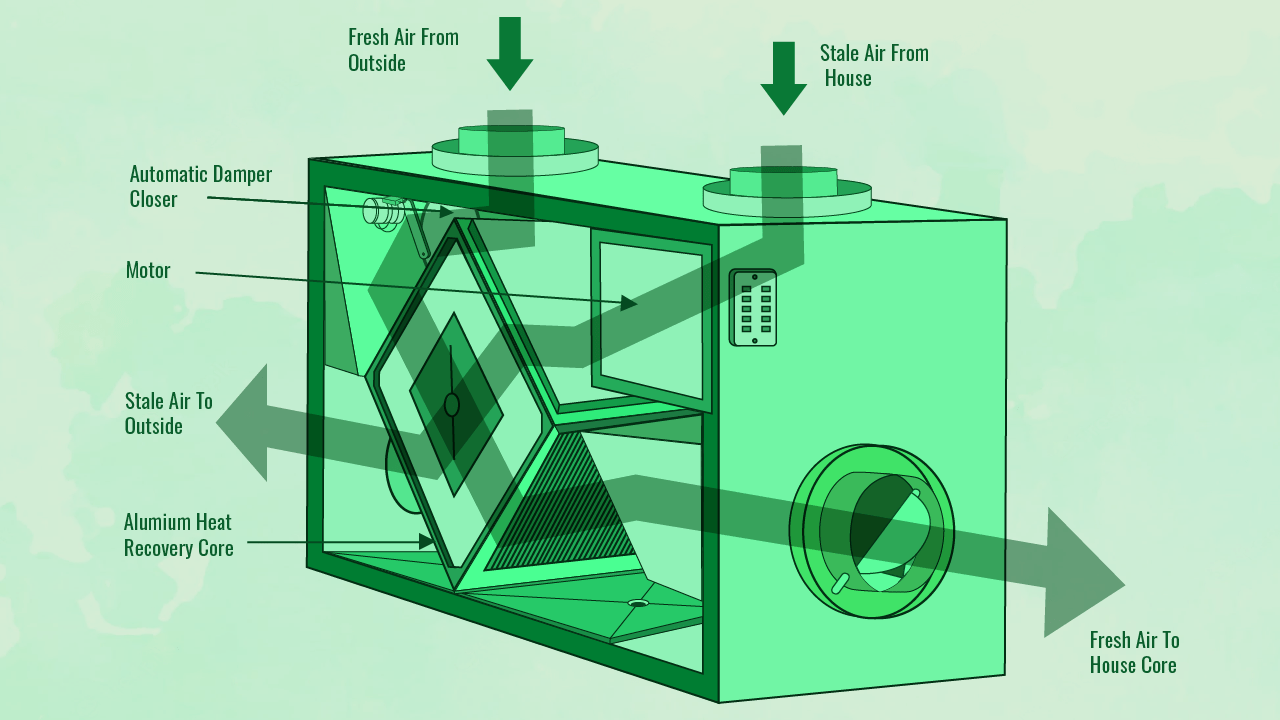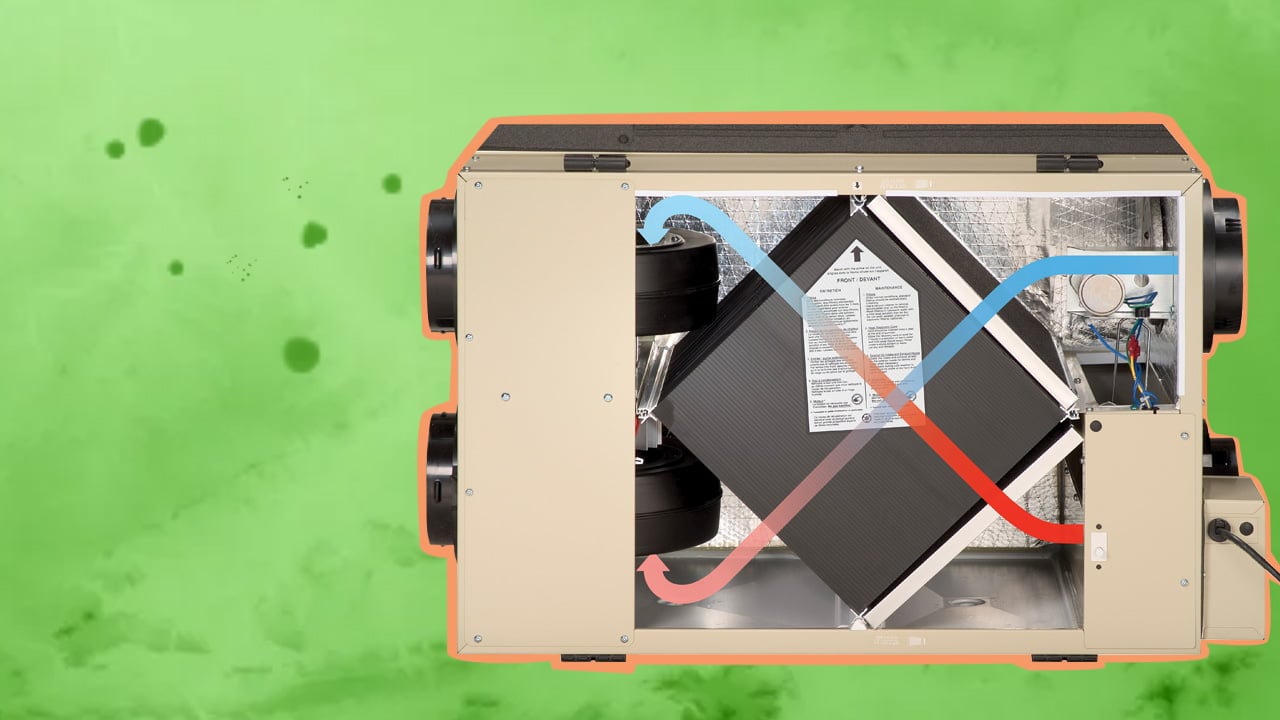An air exchanger is an HVAC system that replaces stale air inside your house with fresh air from outside. Its heat exchanger technology can improve heating, ventilation, and air conditioning by reducing excess humidity, heat, moisture, and air pressure.

Even the best air conditioners cool and heat the same stale indoor air, thereby filling your home with various allergy stimuli and pollutants, like dust, pet dander, bad odor, etc. And with the advent of building insulation in home construction, the moist air inside your home cannot escape.
According to the United States Environmental Protection Agency, this can lead to mold growth and higher air condensation, increasing the risk of respiratory disease. But an AC air exchanger can help, and I will tell you how.
How Does An AC Air Exchanger Work?

For several years, I’ve been noticing excess moisture and stagnant air in my home despite installing very efficient air conditioners. However, after hours of research, I discovered that installing an air exchanger is the safest way to ensure good air quality. So, if you’re breathing toxic, stale air daily, I recommend buying an air exchanger. But before you do that, let me tell you how they function.
To put it simply, an air exchanger is a box with two input and two output ports through which stale air is eliminated and fresh outdoor air is brought in. Inside the box, there are two fans–one that helps suck in the fresh air, and the other that blows indoor air out of the exhaust ports. If you look at it as a whole, it resembles the average battery-powered AC unit, more so because it uses ductwork installed in the walls and ceiling to function.

Coming to its indoor components, a ducted air exchange system has two ends–a fresh air distribution grille and a stale air exhaust grille. The former is usually located in every room of the house, close to the location of the furnace, especially in the kitchen, bedroom, living areas, etc. Meanwhile, the exhaust grilles are installed higher, usually close to the ceiling, where hot air, high humidity levels, debris, and other pollutants accumulate.
Some air exchangers use the existing heating and cooling system and pass enough fresh air through the air conditioning ducts. They also facilitate portable AC units to reduce heating and cooling costs, especially if they’re ventless.
Tip
It’s best to look for heat exchangers that are compatible with your existing central air conditioning; otherwise, you will need a dedicated ductwork installation. And this separate installation will further increase the overall cost of the unit.
How Does Heat Exchange Take Place Through Air Exchangers?
Typically, air exchangers work to replace the warm air indoors with cold air from outside for energy-efficient ventilation. Air conditioning experts accomplish this by installing a concentric steel cylinder that is connected to the ducts running through the whole house.
The warm air and accumulated heat from the rooms pass through the indoor cylinder installed along with the air exchanger, leading to a heat exchange. During this process, the heat transfers to the outdoor cylinder, which is simultaneously bringing in outside air into the house. Some heat exchangers also use plate-and-fin structures like window AC units to achieve better ventilation.
What’s more, the same exchanger systems can act as heat recovery ventilators during winter by storing the heat and transferring it to the fresh, incoming air. This way, the air exchanger does the job of an air filter and reduces indoor air pollution and its possible health consequences.
Heat exchangers are generally classified into various models based on how the air moves. For instance, counter-flow exchangers facilitate hot and cold air entering and flowing parallel to each other in opposite directions. On the contrary, the interior and exterior air move perpendicularly in cross-flow units. However, some axial flow units use a large wheel with a heat pipe unit, which is powered by a refrigerant like R-22.
Benefits Of Air Exchangers
Air exchangers not only provide fresh air but also eliminate various pollutants such as smoke, radon gas, off-gassing from carpets, etc., while reducing cooling and heating costs. Besides air exchangers can:
- Help provide an odor-free space with efficient fan and air filters
- Act as a dehumidifier to reduce moisture in the air, thereby reducing chances of allergy and respiratory illnesses
- Function as energy recovery ventilators to speed up the air exchanging process for efficient energy use
- Decrease mold and mildew growth by reducing humidity
- Reshuffle the air around the house for a drier environment to live in
- Prevent window condensation by bringing in the cool air
- Prevent interior paint from deteriorating due to excess air pressure which makes dust particles stick to the paint
- Reduce the need to frequently clean air conditioner coils

Final Thoughts
Most new homes don’t have an air or heat exchanger; however, its varied features and benefits call for an installation. Besides generating new air through vents, it can help improve the overall health of your family by eliminating harmful pollutants from your living rooms. However, air exchangers alone cannot address severe ventilation and air pollution issues, even though they provide support to your evaporative coolers.
So, it’s best to consult licensed home conditioning experts if you notice too much humidity and debris build up in your indoor air. Until next time, take care!
